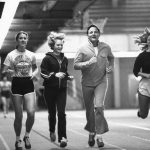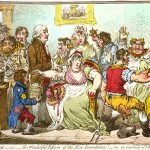by Leila Bonakdar, Kate Chen, Jessica Salazar, and Lauren Todd
“The idea to do our project on women in the Roaring Twenties initially intrigued us because the romanticized era appealed to our captivation with fashion, music and American culture. Few people look past the glamorization of the flappers, but we wanted to dig deeper to find both the causes of the reform in gender roles as well as the era’s lasting impact on women today. In November, after a preliminary perusal of various sources at our local public library, we decided that our project should explore the controversial fashions of the twenties that boldly symbolized the liberation of women from confining Victorian social expectations.”
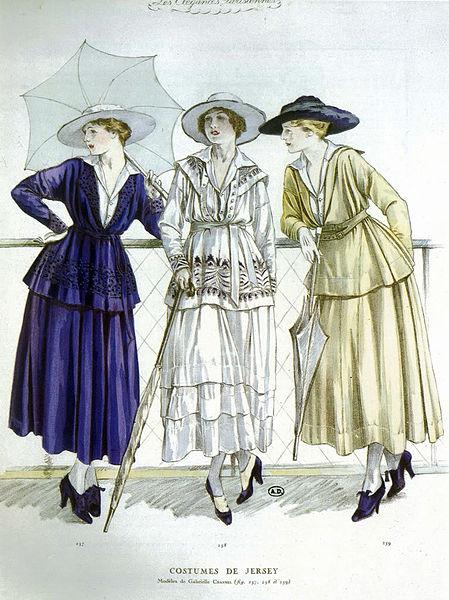
“We visited with Dr. Rebecca Sharpless, a Women’s Studies professor at Texas Christian University, in December and she suggested that we focus on the legendary French designer, Coco Chanel, whose revolutionary designs helped shape the role of women in the twenties. However, the majority of our research came from sources found in the University of Texas at Arlington Library. With the aid of Lea Worcester from the Special Collections Department, we were able to access a trove of primary resources, including 1920’s magazines, advertisements, newspaper articles, photographs, and microfilm, that was instrumental in helping us develop our script. We also accessed the university’s online research database and borrowed several books about fashion, the twenties and Chanel to refer to later in our project. We had the opportunity to view an exhibit at the Dallas Museum of Art that featured works of American artists in the 1920’s. Many of the artists (O’Keefe, Hopper, Murphy, etc.) had dramatic, avant-guard styles that seemed to demonstrate the boldness of the decade. Melba Todd, a Neiman Marcus Special Events Coordinator, gave us her perspective on the significance and legacy of Chanel. Additionally, we visited several other local libraries and conducted email interviews with experts in the field of fashion.
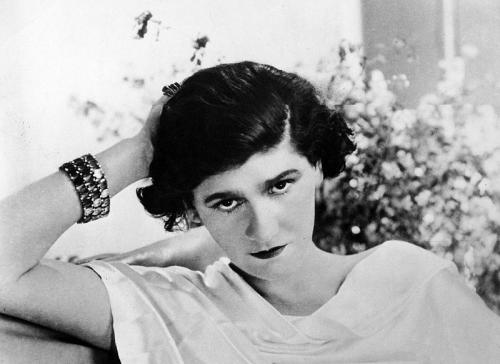
We chose to do a documentary as our medium of expression because it allowed us to strategically use many of the visuals we found as we researched. In January we outlined the script and considered which issues would be crucial to our documentary. Our goal was to illustrate the significance of fashion in history. With our analysis, we were able to formulate the final script and record the voiceovers on Garageband. The documentary was compiled and edited on iMovie for the finished product.
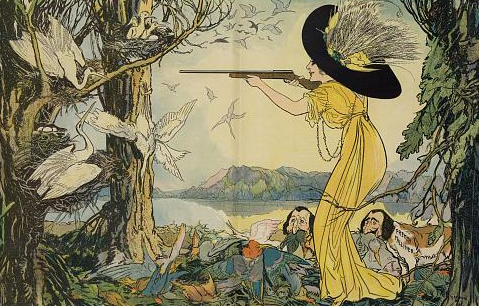
The Roaring Twenties proved an ideal time to foster social, political and economic reform for women. And although fashion is considered by many to be immaterial to historical events, it often reflects changing attitudes because it is a powerful form of self-expression. Women reacted by embracing the androgynous, sleeker styles offered by Chanel as they audaciously proclaimed their independence and demand for equality. By shedding constrictive corsets and voluminous skirts, women were able to demonstrate their desire for freedom from oppressive social expectations. Chanel was more than a pioneer of fashion; her revolutionary designs and unusual role as a businesswoman consolidates her enduring legacy today.”
